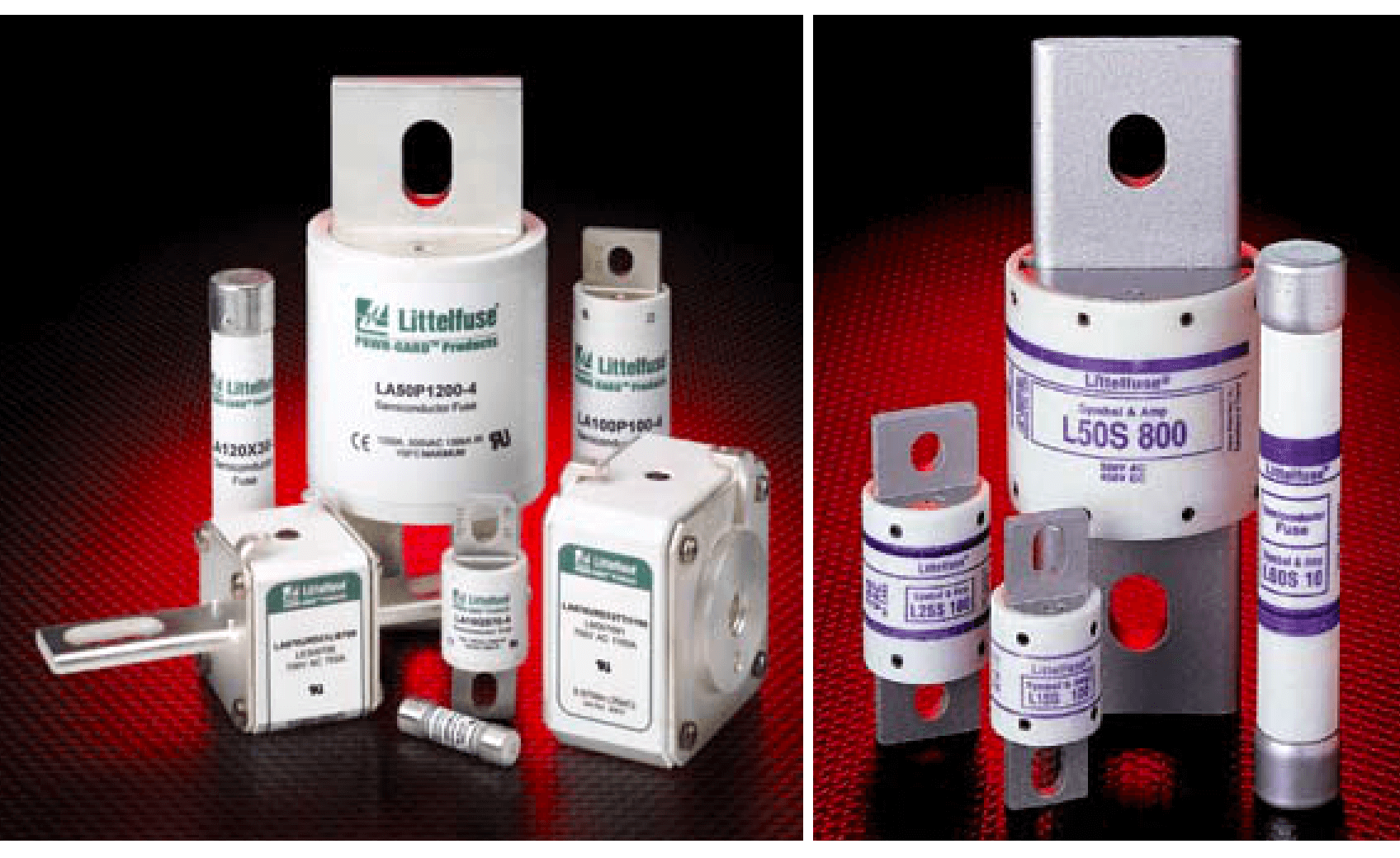Fuse is an electrical device that is used to protect an electrical circuit by burning itself in case of overcurrent and overheating.
As we know, the temperature increases and decreases with an increase or decrease in current. When the current exceeds a certain limit, the temperature rises to such an extent that the metal strip of the fuse blows out.
As this strip is connecting the circuit, it is now broken in this case and the circuit is thus protected. There are many types of fuses available, but one of the most famously used ones is a semiconductor fuse.
In this post, we will learn the concept of a semiconductor fuse.
Semiconductors are high-speed operation power electronics devices. They act so fast, that the switching speed is very high and they can thus, instantly perform their operation.
As the name implies, a semiconductor fuse uses semiconductors in its construction. The most common components used in making it are diodes, thyristors, and SCRs.
But, it will also be a fact to know that the semiconductor fuses are used to protect semiconductor applications like MOSFET, IGBT, power supplies, rectifiers, diodes, etc.

The working of a semiconductor fuse is the same as the standard fuse. It has a thin metal strip that is connected to the main electrical circuit. When the current starts to flow through the strip, and if it exceeds its rating, then it will blow up.
This will disconnect the circuit. Semiconductor fuses generally range from 125 to 2,100 volts and are available in a wide variety of shapes and sizes.
The main difference in its working is that it can also identify voltage overshoots and break the circuit. You must be knowing that a normal standard fuse is defined by its current rating. It will trip based on overcurrent. But, a semiconductor fuse has a distinct identity in that it can also detect overvoltage and blow itself.
A semiconductor fuse consists of a body that is made with thermally stable aluminum oxide ceramic. Between the fuse element (metal strip) and body lies a filler that is made with oxidant-resistant fine silver. The silver material has a melting point of 960°C which can resist the maximum operating temperature of the limiter.
Let us understand some general characteristics which differentiate it from a normal fuse.
In this way, we saw the concept of a semiconductor fuse.
| Title: | Protecting Semiconductors with high-speed fuses |
| Author: | EATON |
| Format: | |
| Size: | 1.39 MB |
| Pages: | 36 |
| Download: | Click Here |
If you liked this article, then please subscribe to our YouTube Channel for Electrical, Electronics, Instrumentation, PLC, and SCADA video tutorials.
You can also follow us on Facebook and Twitter to receive daily updates.
Read Next:
The conveyor sorting machine is widely used in the packing industries using the PLC program…
Learn the example of flip-flop PLC program for lamps application using the ladder logic to…
In this article, you will learn the STAR DELTA programming using PLC controller to start…
Lube oil consoles of rotary equipment packages in industrial process plants are usually equipped with…
Rotating equipment packages such as pumps, compressors, turbines need the lube oil consoles for their…
This article explains how to blink lights in ladder logic with a detailed explanation video…